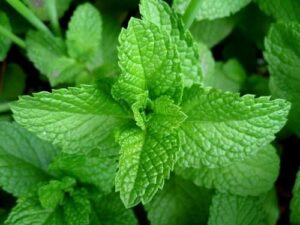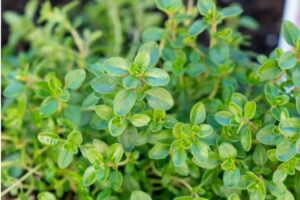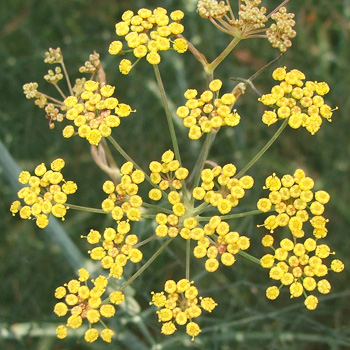Don’t blame the poor dog!
It’s funny how the dog gets it in the neck because it has fleas, when actually it is the owners fault for allowing fleas to breed and ultimately infest the dog.
Space doesn’t permit a detailed explanation about the life cycle of the flea, suffice to say that they live & breed everywhere in our homes especially in dark places such as under the carpets, behind the skirting boards, under beds, kitchen cupboards, and everywhere where there is the smallest crack that they can creep into. They breed and hatch off your dog, not on it. Your dog just happens to be the nearest, most convenient and delicious host that fleas can jump on to.
There are periods in the year when there seems to be more fleas, so if your dog is suddenly infested it is not the time to powder it with a poisonous insecticide but rather time to assess the cleaning routine in and around your house. No amount of poison on the dog itself will eradicate fleas. If you don’t clean the dog’s living space, the fleas will continue to breed. There are quite a few very simple and non-toxic measures that you can take to eradicate fleas from your and your dog’s living space.
Carpets need to be vacuumed every single day and most importantly, the vacuum bag or barrel must be emptied into the outside bin directly afterwards. If you don’t, fleas and their eggs that have been vacuumed up will continue to live and breed in the vacuum cleaner and will repopulate the house. A few drops of tree tea essential oil can be sprinkled in the empty vacuum bag or inside the vacuum cleaner to make the environment uncomfortable for them.

Carpets can be steam-cleaned to remove the worst of the infestation but don’t forget that flea eggs that are missed with hatch and a new crop of fleas will appear, so diligent daily cleaning is still imperative. Tiled or wooden floors need to be washed every day with real soapy water with a few drops of orange, peppermint or rosemary essential oil in the water. These pleasant but strong-smelling herbal oils are harmless to people and dogs but they work very efficiently to repel fleas.
If the dog sleeps in a kennel or on the verandah this should be washed down every week with a solution of hot soapy water with a few drops of neem oil, tea tree or eucalyptus oil.
The doggy bed should preferably have a washable cover that can be washed every week. The entire bed should be shaken and aired outside every day. The cushion can be vacuumed then wiped down with a cloth that has been wrung out of a solution of 3 tablespoons of apple cider vinegar per 2 litres of water.


The dog should be washed once a week with a mild shampoo. Put 2 drops only of any one of the following oils in the water – tea tree, citronella, eucalyptus or cedar. It is interesting to note that a flea will drown in soapy water and it is not necessary to use a shampoo that contains poison to kill them. Work up a good lather on the dog, starting with the neck and face area which will drive any fleas away from Thymethe dog’s face. Pay particular attention to the tail area and the folds of the legs.
You can make your own non-toxic dusting powder by pulverising the following dried herbs – rosemary, fennel, lavender, thyme, peppermint, and mixing them with some plain talc, (obtainable from the chemist) and this can be brushed into the dogs fur every third day. Groom the dog every day and use a flea comb to catch the fleas, and flick them into a dish of soapy water where they will drown.
Fleas, like all pests, are attracted to the young and the weak. Puppies are soft targets for fleas which will flock to them. Puppy skin is so soft and easily absorbs the poisons found in flea repellent shampoos and powders, so avoid using these altogether. Undernourished dogs are a target for fleas – ensure your dog has a well-balanced diet to keep his immune system healthy. Those who believe in natural canine diets should ensure they feed a selection of meats, vegetables (either fresh or lightly cooked) mixed with cooked rice or oats and a few lentils. Add a little bit of garlic to the meal twice a week and a spoonful of plain yoghurt to the meal three times a week.
